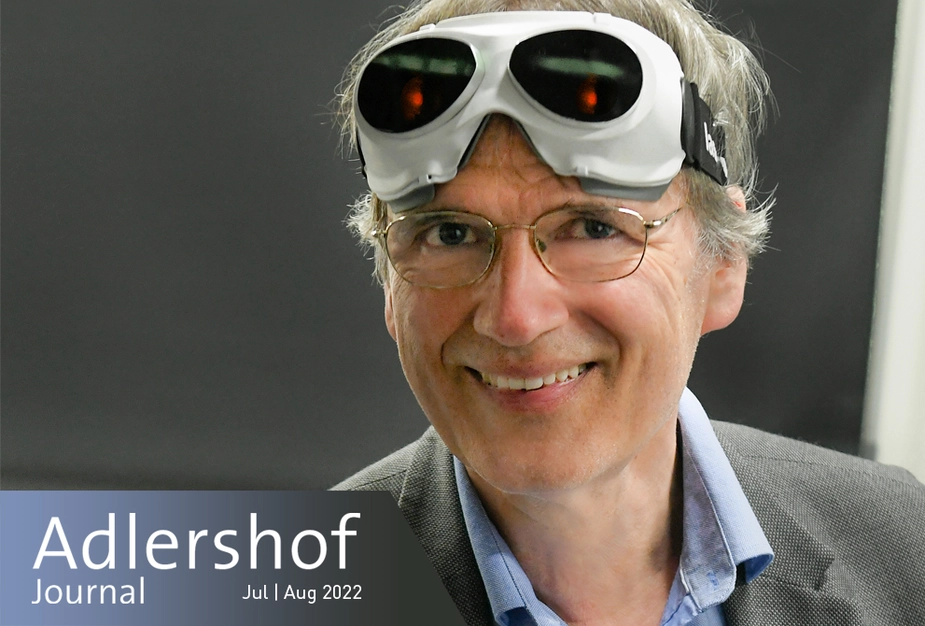A very special molecule
MBI researchers investigate the peculiar properties of water
Researchers at the Max Born Institute are investigating the peculiar properties of water: They are researching fundamental physical and biophysical processes on ultrafast time scales.
There is no life without water. No other molecule combines so many fascinating properties and therefore makes complex biochemistry possible in the first place. And so, it is no coincidence that humans and other earthly creatures consist of water to a significant part. In astrophysics, too, water is highly sought-after: State-of-the-art telescopes are used to look for water planets in distant star systems because they are our best chance to find other life forms.
However, there are still many uncertainties about the elementary interactions between water and biomolecules. “The behaviour of pure water is now well understood, thanks in part to the work of our research groups,” says Thomas Elsässer, director at Berlin's Max Born Institute for Nonlinear Optics and Short Pulse Spectroscopy (MBI). “But with biological structures and processes, new molecular interactions come into play.” Biologists have been researching these for many years. However, most methods capture only time-averaged characteristics. They are not able to visualise the ultrafast dynamics hidden behind them. It is exactly these processes that the Max Born Institute’s exports now want to make visible using state-of-the-art laser technology. This enables them to trigger extremely short processes and then analyse them.
Even in seemingly still waters, there is an incredible dynamic at play: Water molecules are constantly stirring, rotating, and swinging. Another key factor comes in here that makes water so special: There is a strong electric field between the two hydrogen atoms and the oxygen atom in the H2O. For this reason, water molecules are enormously strong dipoles – tiny electric (and not magnetic) bar magnets, so to speak. They stay together through so-called hydrogen bonds. However, they don’t “stick” to each other. Instead, they move back and forth in lightning-fast cycles of trillionths of a second.
“As our earlier experiments have proven, this is the reason that no information can remain stored in water for longer than a few trillionths of a second,” Elsässer explains. Importantly, no molecule that once floated in water leaves an imprint on it.
The scientists are now investigating precisely these lightning-fast processes in the interaction of water with biological molecules such as RNA or proteins. Biological molecules also often have electrically charge areas, which ions can latch onto,with the help of water, thus stabilising the structure of the biomolecule. As of yet, however, it is largely unknown how this occurs and how this could be used, say, when developing medication. For analysis, the researchers use state-of-the-art procedures like two-dimensional infrared spectroscopy, which allows to map the vibrational dynamics of molecules and their environment in a highly specific way.
“At the moment, this is still basic biophysics research,” says Elsässer. “But once we have understood how molecular processes and interactions work on ultrafast time scales, we will be able to manipulate certain active pharmaceutical agents based on these insights.” Once thing is clear: To investigate such processes, one needs ultrafast, high-performance lasers. This is a specialty of the Max Born Institute – and so we can look forward to seeing what secrets laser technology will continue to draw out of the molecules of life.
Dr. Dirk Eidemüller for Adlershof Journal
